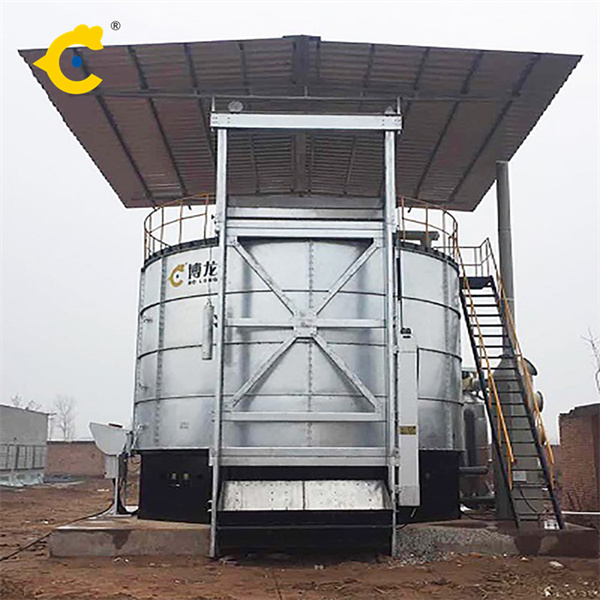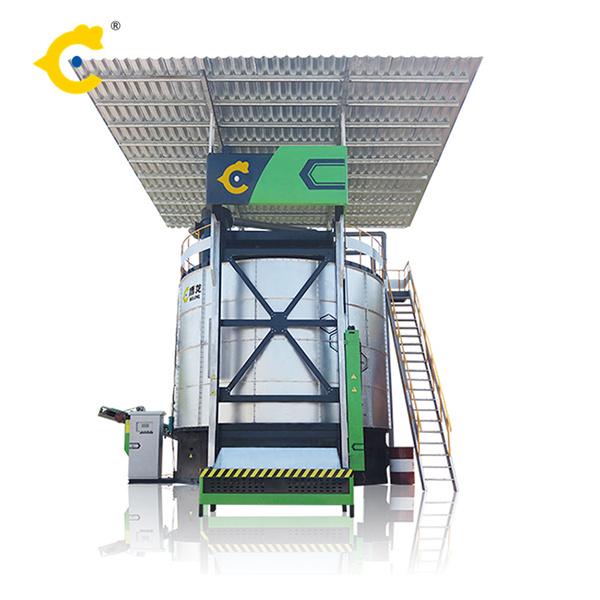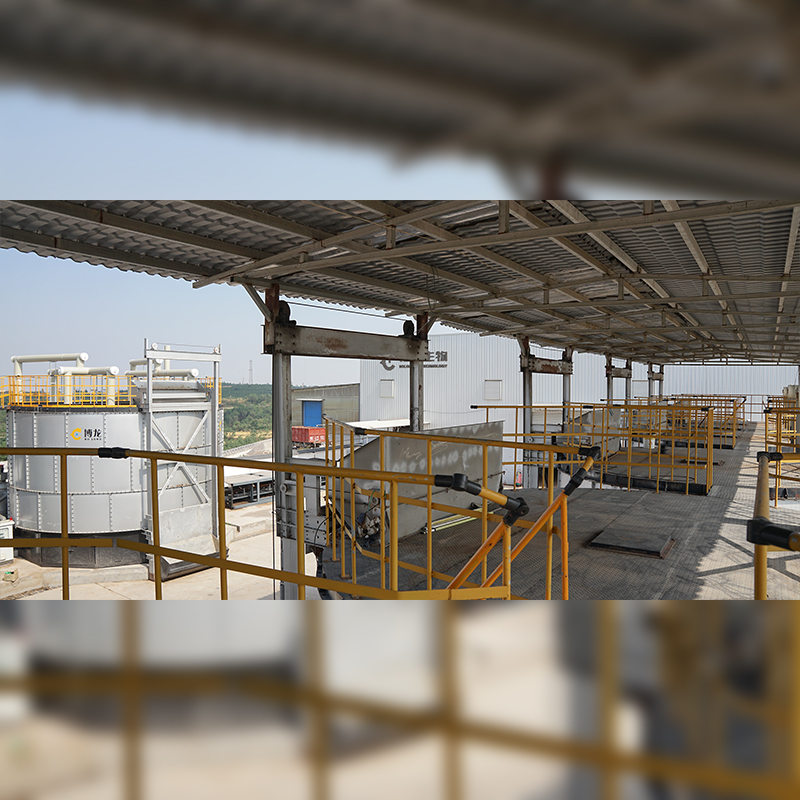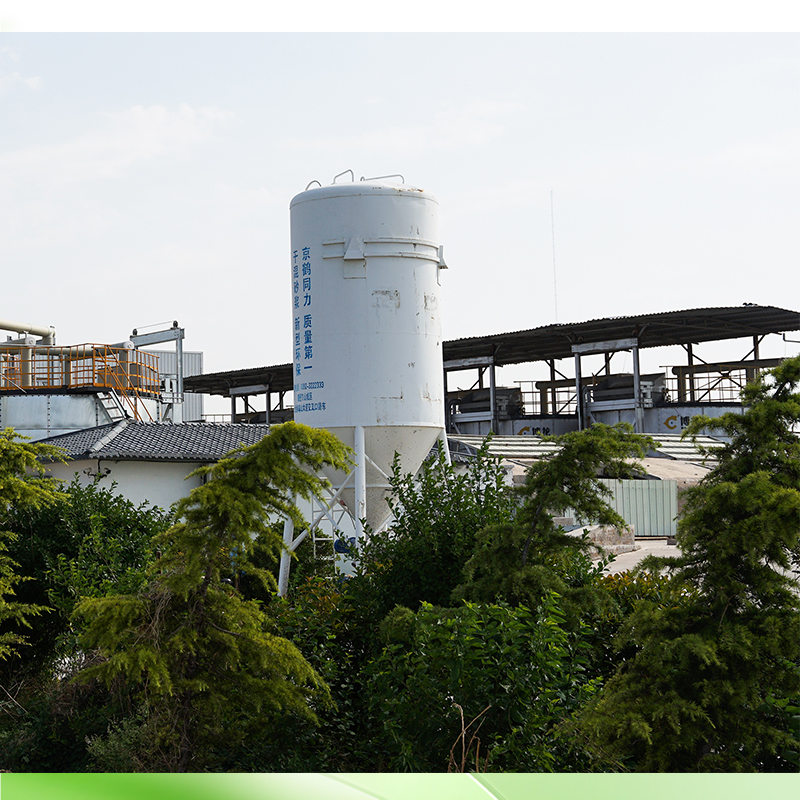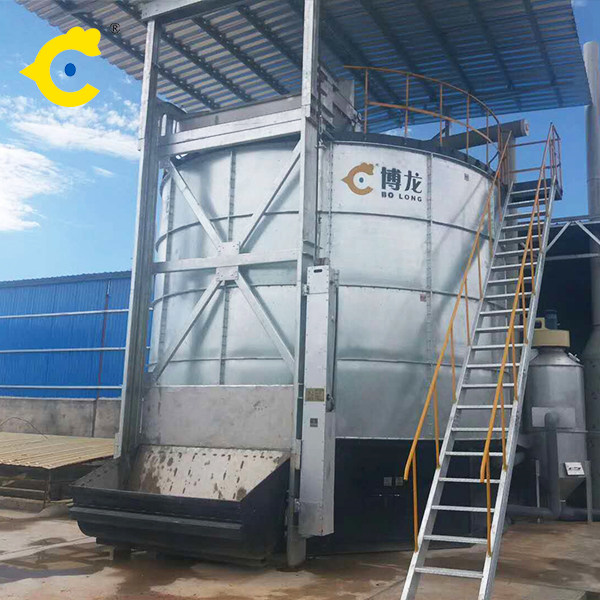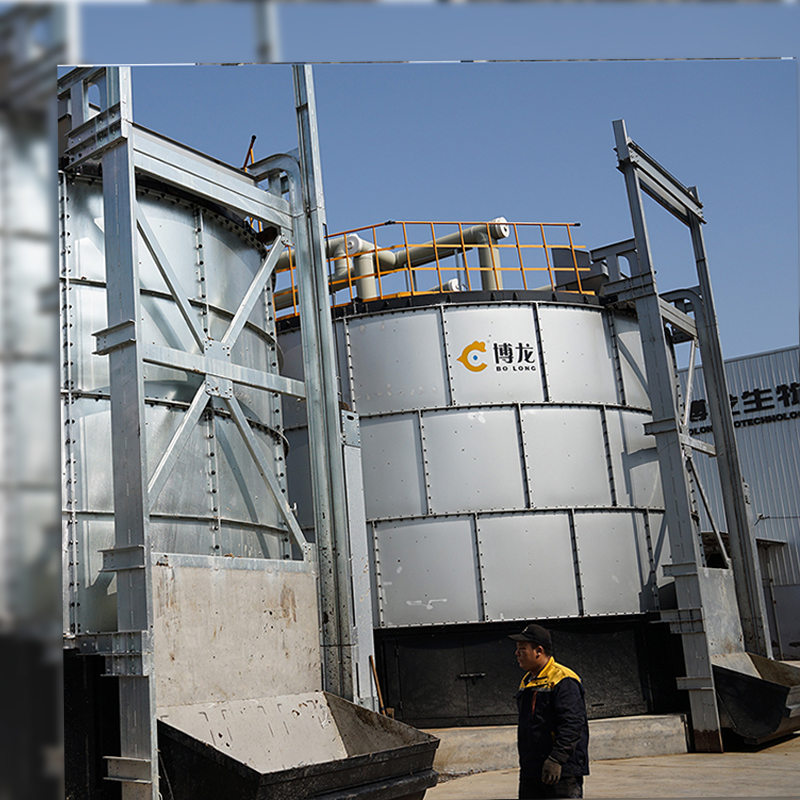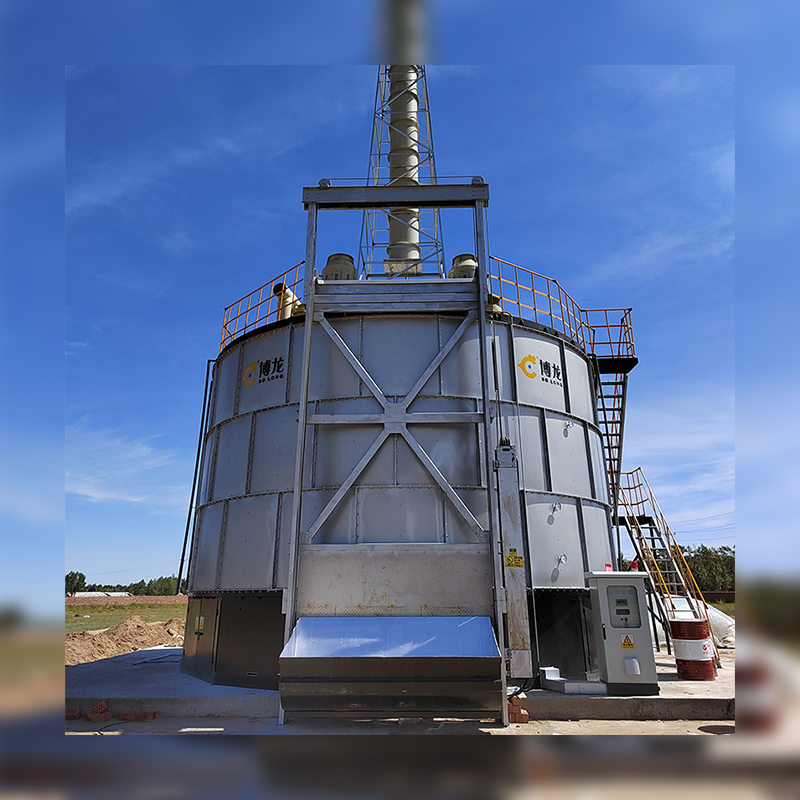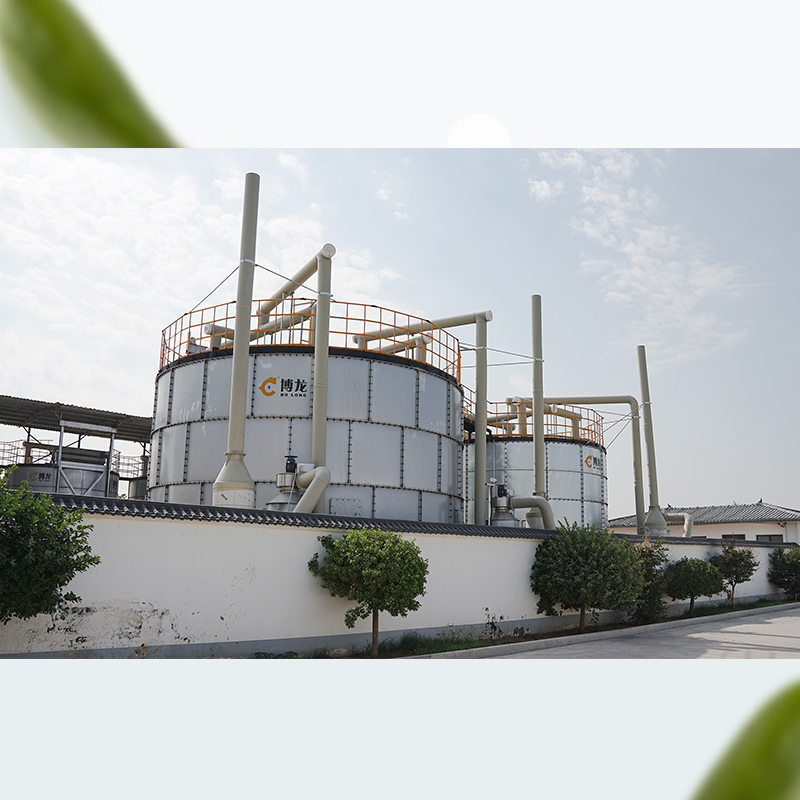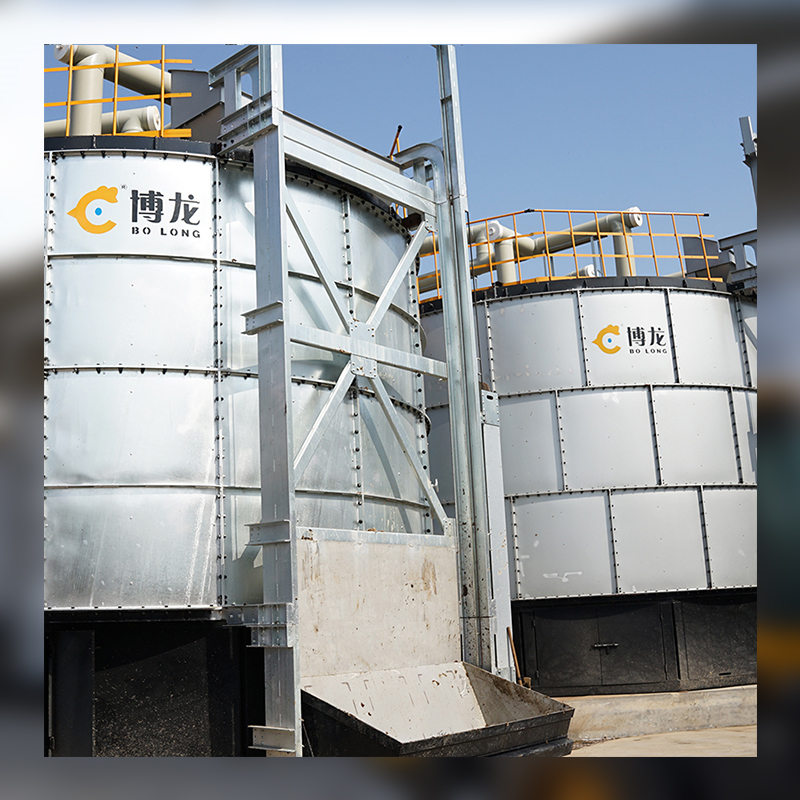The Benefits of Industrial Composting. 1. Waste Diversion: Industrial composting facilities play a crucial role in diverting massive amounts of organic waste from landfills. By doing so, they help reduce harmful greenhouse gas emissions associated with landfill decomposition while also freeing up valuable space within these already burdened sites.
